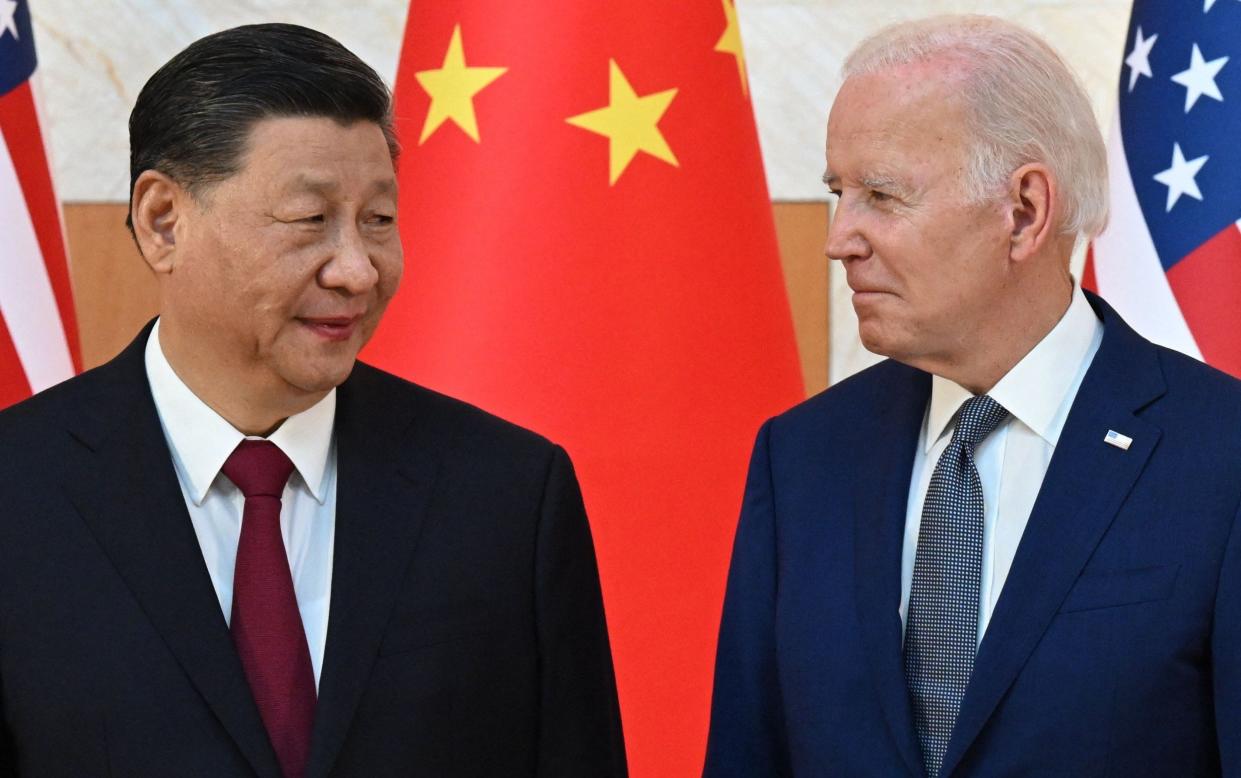China’s rare earths weapon is rapidly disintegrating

The first two things to know about rare earths are that they’re not rare and they’re not earths – there, the only minerals joke you’ll ever need. Maybe one more than you need.
In fact rare earths are the series of metallic elements along that little separate bar at the bottom of the periodic table which we all forgot about after high school. You’ll also see them called lanthanides, and they are essential in the modern world. Among other things they’re used to produce the powerful magnets so vital for the wind turbines and electric motors of the carbon-free future.
There are a number of different minerals we can get rare earths from – xenotime, bastnaesite, monazite and so on, but most of them aren't that important. The important source is called “ionic clay”. This is what China gets many of its rare earths from. In fact most of the really fancy magnet metals all come from China and from this mineral. You can get lanthanides from other minerals in other places, but it’s a lot more expensive.
We used to think – until maybe two years ago – that only China had ionic clay. That’s why we were all stuck with their control of the market. They had the cheapest, richest (much the same thing in mining) deposits. If we were going to break free, we’d just have to have subsidies so that suppliers outside China could compete on price.
Politics and subsidies, of course, lead to that nasty sucking sound from our pocketbooks. But being free of China for something so essential might even be worth it. We definitely want more rare earths, and cheaper if possible: and China certainly seeks to use its position in the supply chain for its own ends.
Thus it is that DC politicians have been shouting at the Pentagon for years, insisting there be a bigger stockpile, more support for domestic miners and large subsidies. The military has kept responding that the US doesn’t in fact use that many rare earths, the Pentagon uses only 1 per cent of what the US does and they’re just fine, thank you.
But people tend not to believe the brass hats, because some fairly mad-sounding figures get bandied about. It’s even been stated by some researchers that an F-35 stealth jet contains 920 lbs of rare earths. That's not very much less than you'd find in an MRI scanner. It does seem rather likely that a jet with that amount of magnets in it would remain stuck to the steel deck of the carrier no matter how hard the pilot tried to take off.
But you know how politicians get when they see an excuse to spend our taxes. They made some plans anyway. We are now blessed with the Executive Order on Supply Chains, which results in MP Materials getting a handout. That’s the Mountain Pass lanthanides mine in California: it’s only closed down twice and gone bust once so far this century. There are other domestic projects out there: Round Top has been talked about for a decade now and so on.
But while all this bickering on Capitol Hill has been playing out, the picture has changed. What we’re finding out now, in this last couple of years, is that those ionic clays are not rare and most certainly are not restricted to China and the Burmese border.
Instead they are a common result of granites weathering over millions of years in a subtropical climate. They’re so common in fact that in just the past two weeks four different Australian miners have announced discoveries of them (Larvotto, Australian RE, OD6 and Moho Resources).
This is not investment advice: I would not put your 401K into those miners – let alone mine. The information to be extracted from that data is one level up: what does ionic clay being common mean for the global supply of rare earths?
These aren’t the only finds either: there’s a large one in Argentina already being worked on, and another was announced in Sweden in January.
The meaning of this is that the world is well supplied with that special mineral which gives China the advantage. Therefore China doesn’t have that advantage and so there is no threat.
Another development to expect in three or five years is that rare earths are going to get markedly cheaper as the new – cheaper to mine, more abundant – supply comes online. Plus these new finds are high in just the type of rare earths we want for the fancier end of the magnet market. We don’t need the DC politicians and their attacks on our wallets.
How was all this achieved? By doing absolutely nothing, of course.
Demand increased and supplies appeared uncertain, so prices rose – markets do indeed work like that graph on page two of every economics book ever. Then comes the next stage: prices now being high, capitalists get to work, driven by their lust for profits. Exploration takes place, more stuff is found and/or produced, higher demand is met by higher supply and prices come back down again.
We don’t, in fact, need political meddling in this market (or most others). It makes politicians happy and gives them something to do, but for the rest of us it’s actually making things worse. DC’s subsidy plans are not just unnecessary: they’re positively damaging. Subsidising the mining and processing of those old-school minerals – the bastnaesite and monazite – prevents and limits the use of these new and better ones, the ionic clays.
We’re deliberately keeping the old and inefficient in business, at some expense to ourselves, and getting in the way of the newer and better.
We should stop doing that: and stop fretting about Chinese “control” of rare earths.
Tim Worstall is a former metals trader

